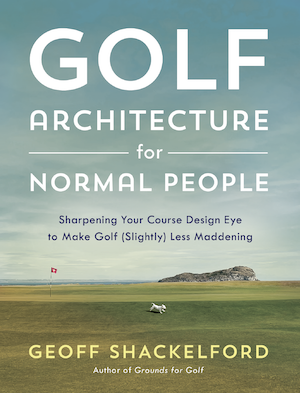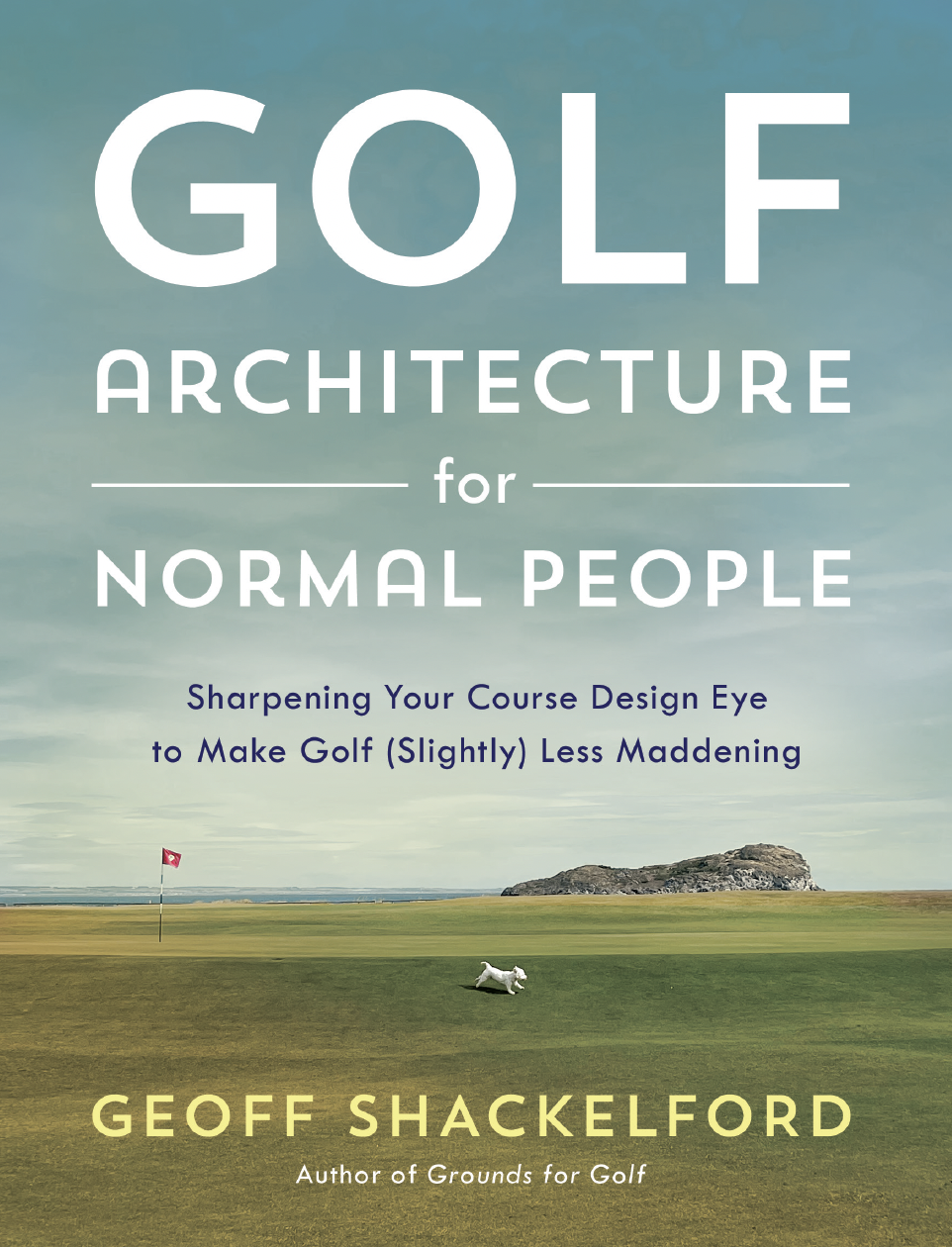Golf’s Reset: An Occasional Series Considering What Values Need Changing And Which Are Worth Saving
/The COVID-19 pandemic has already changed lives, fortunes and our future. Exactly how the world returns post-virus to some form of normalcy anyone’s guess both in scale and timing. But in our small world of golf, we already knew certain values were evolving before this. The pandemic seems poised to expedite changing attitudes while forcing a reconsideration of other ideals.
Over the coming weeks, as golf courses reopen and potentially millions seek solace by teeing it up at facilities that never closed, the sport may be a viable recreational option in a function-deprived world.
The word “opportunity” suggests anything about this pandemic is a good thing. It is not. Still, every sector of the world will evolve from this and golfers will recognize chance to highlight golf’s benefits and the need to rethink elements which have not evolved for the good of the sport.
Some of the ideas I’m going to toss out will be as first world as they come (bunker rakes), certain topics will offend (pro golfers are not bigger than the game), while other matters (green speeds) will hopefully seem like sensible improvements to pursue. Others will (again, hopefully) be built off suggestions from you after I ease into this topic in still-sensitive times.
As always, I’d love to hear your thoughts on here or Twitter or via email, perhaps with some follow-up thoughts share here based on your remarks or polling.






























